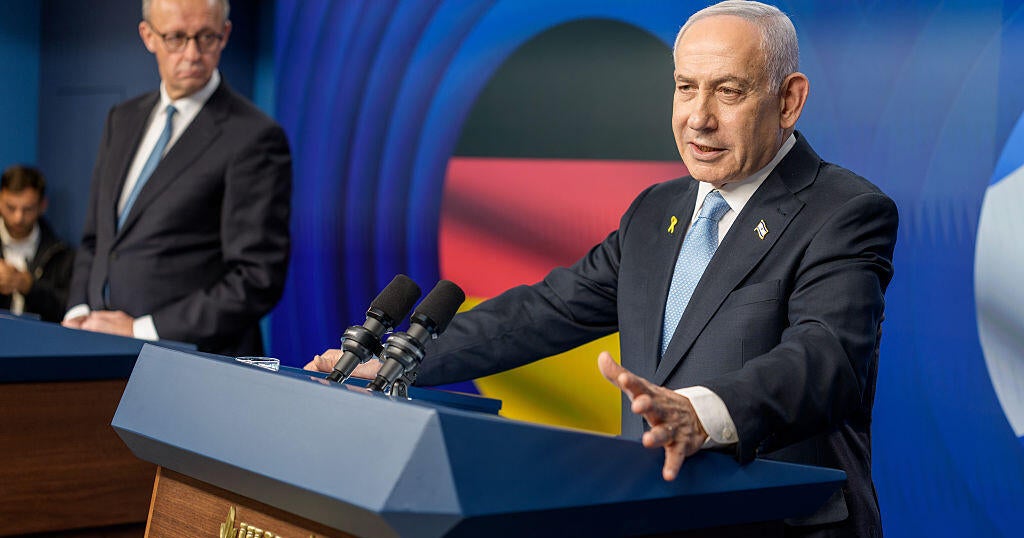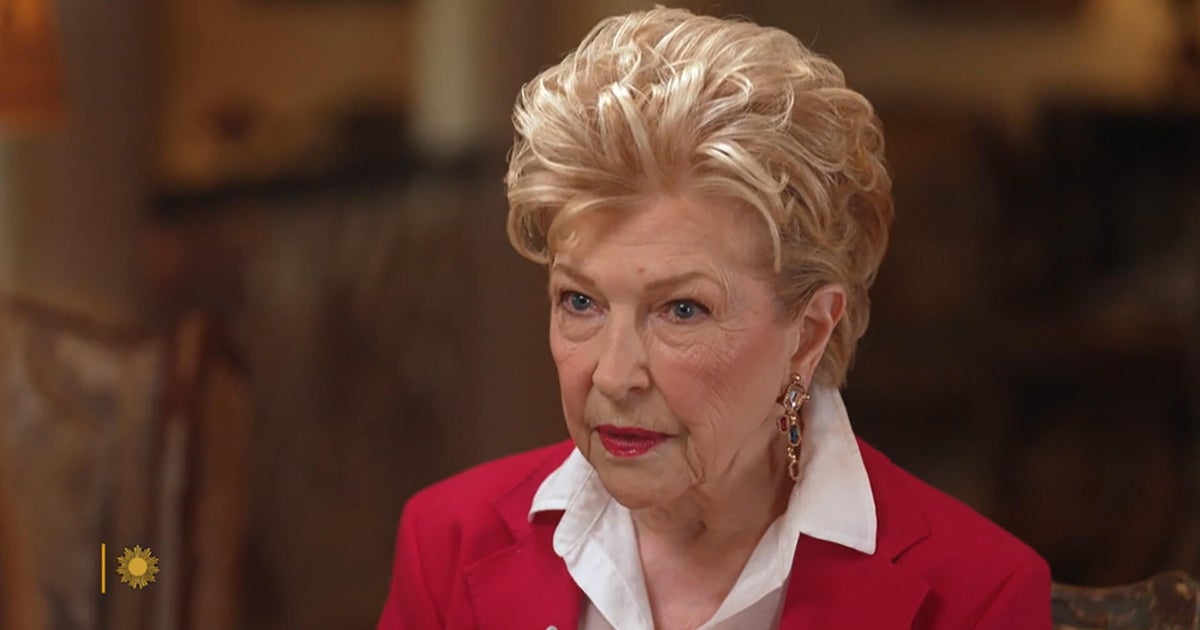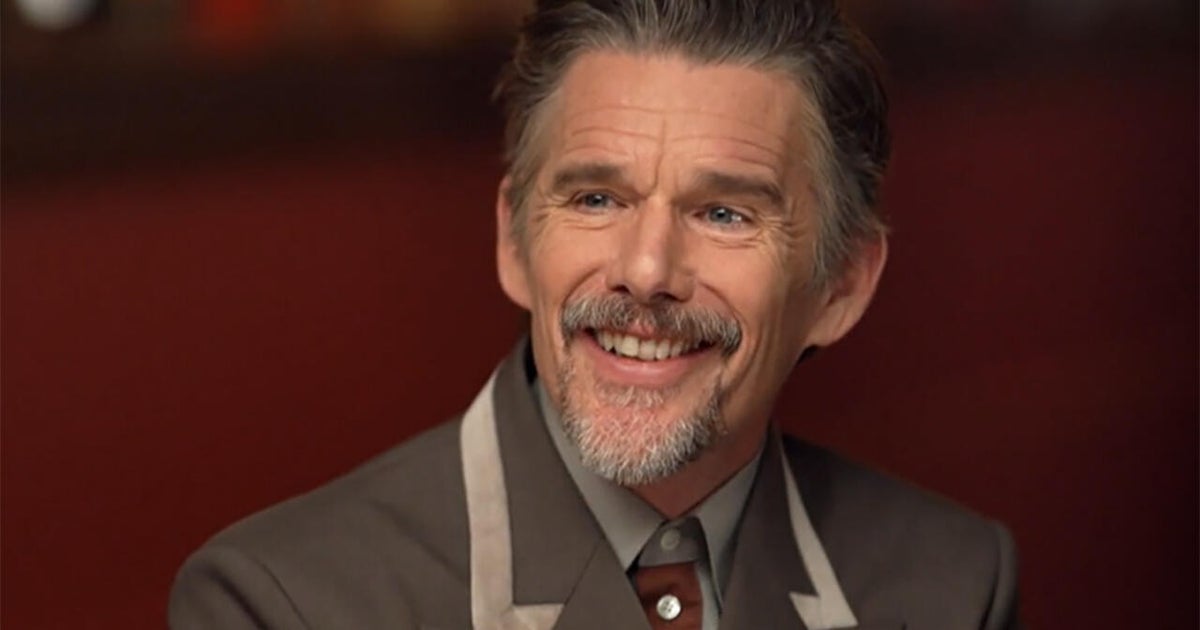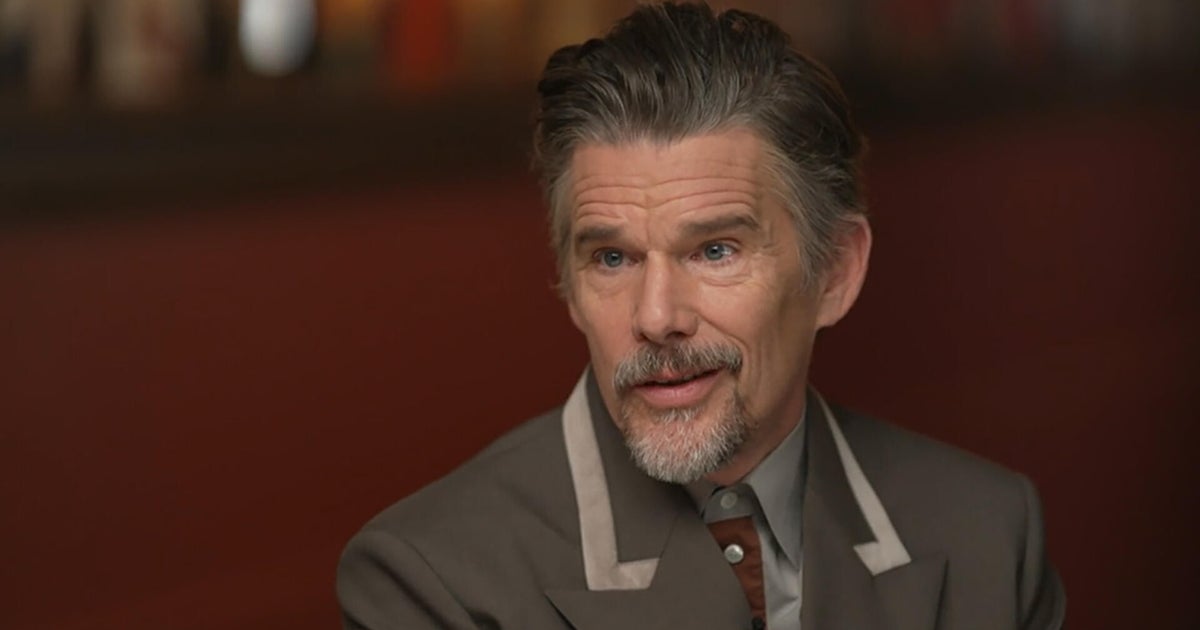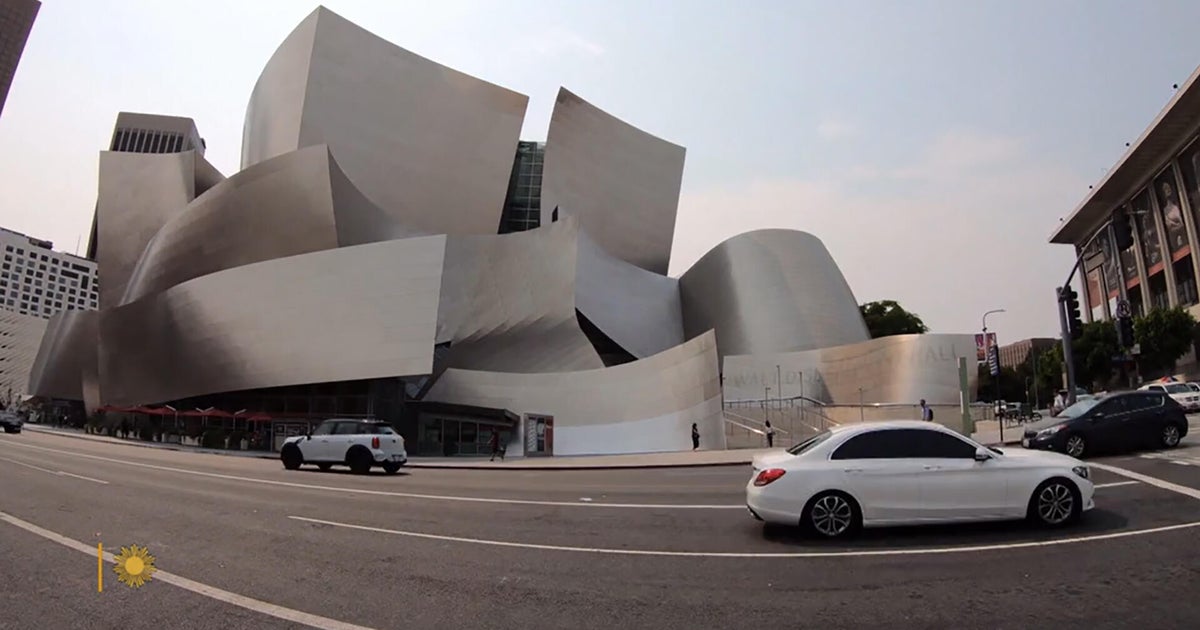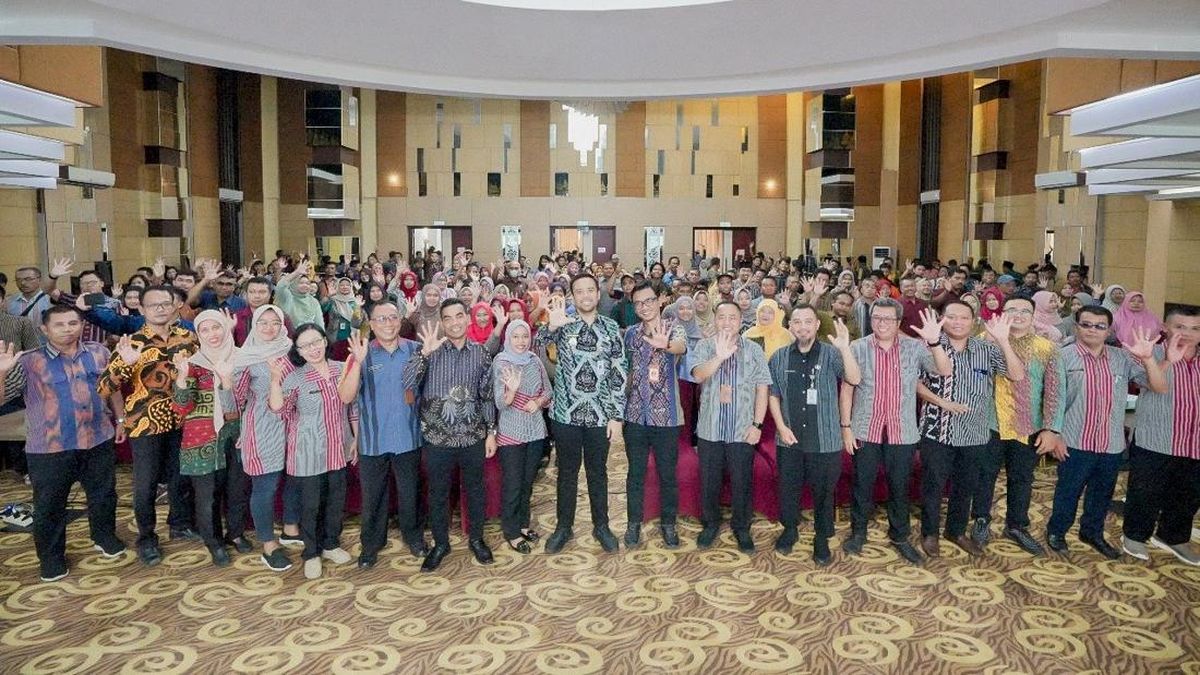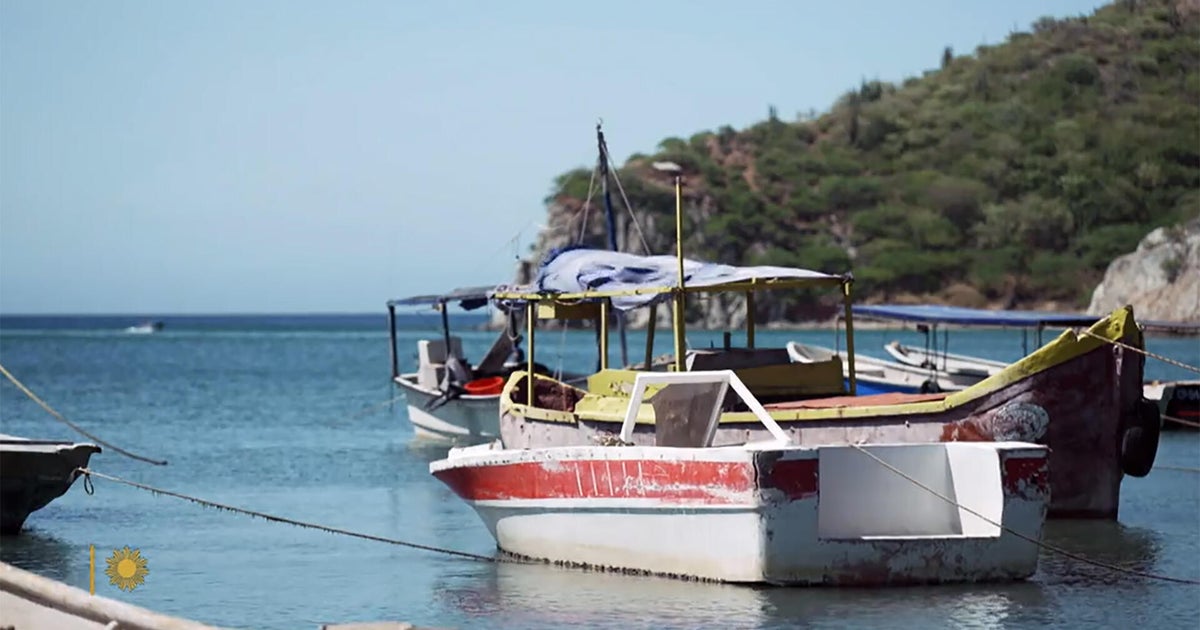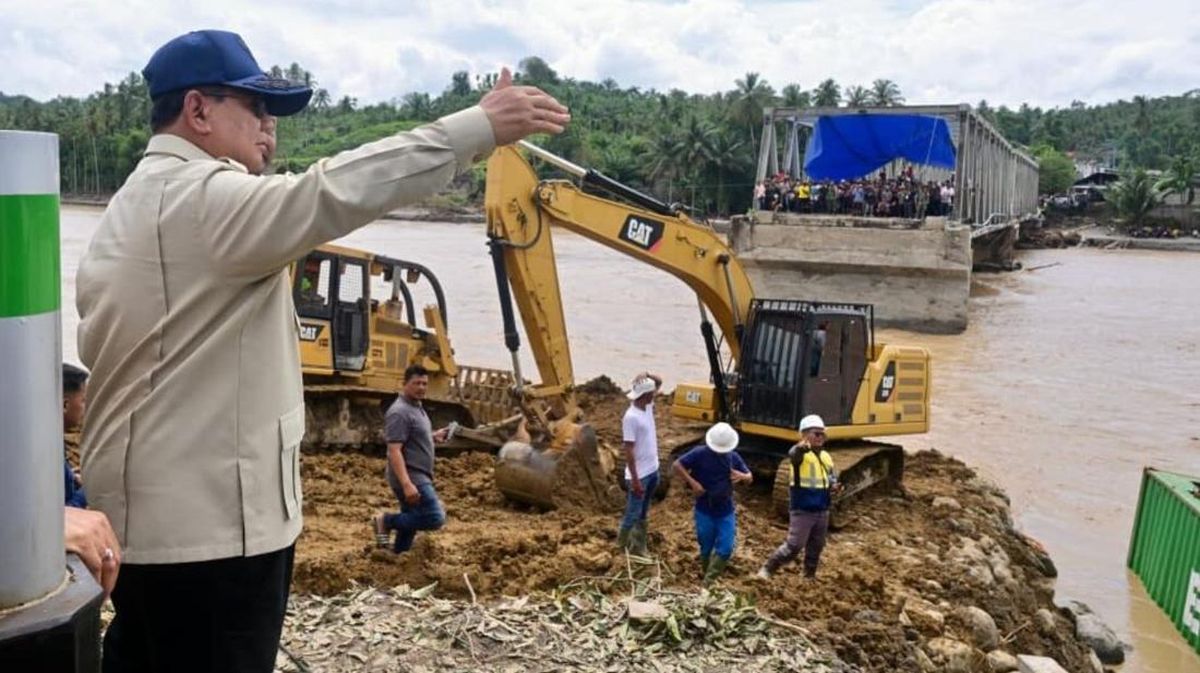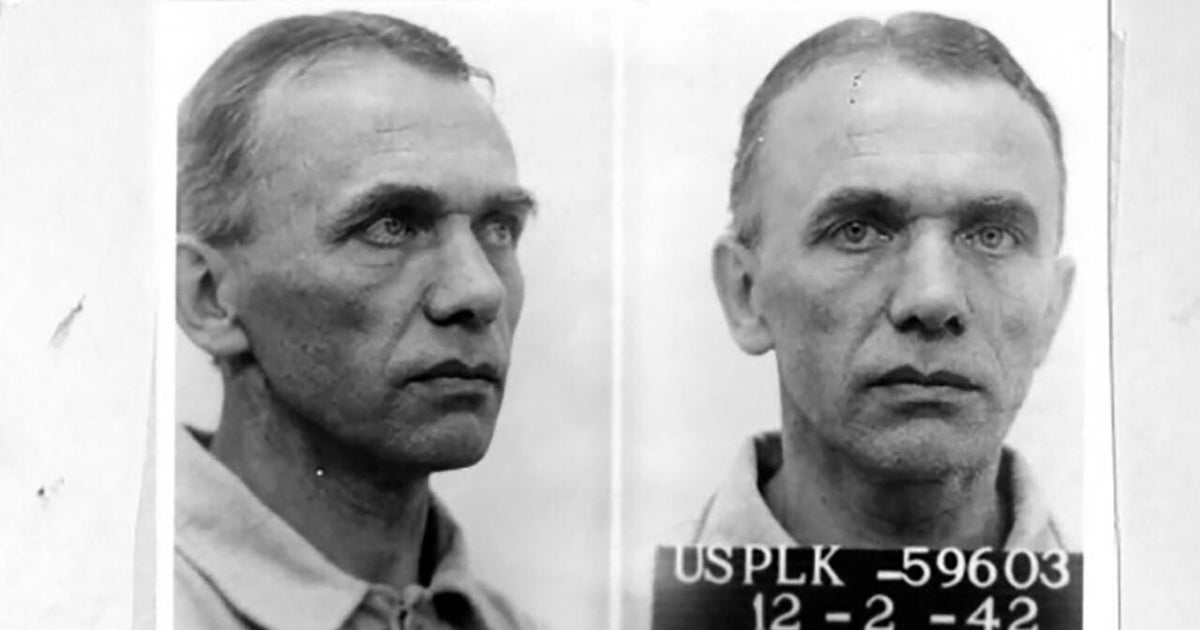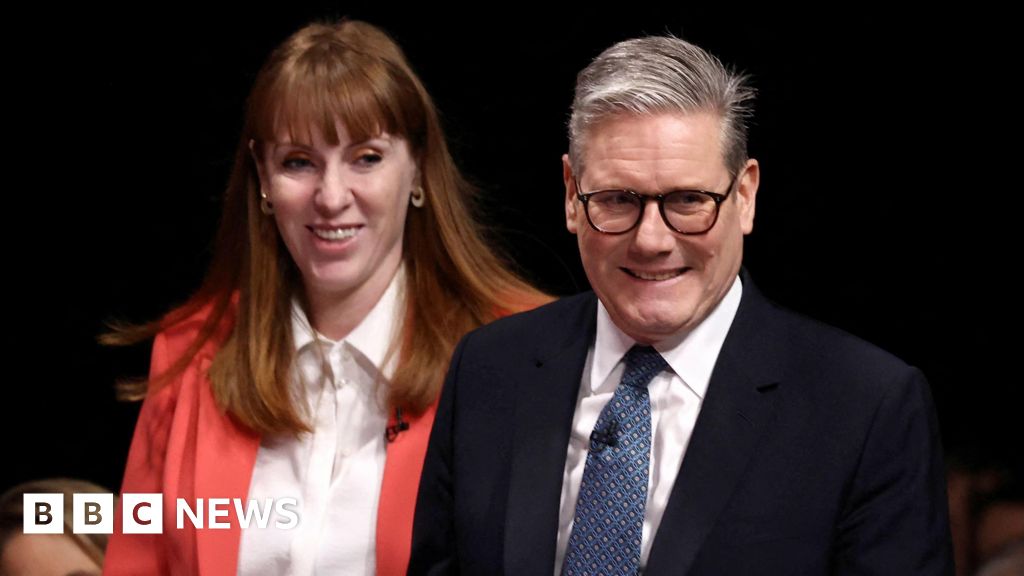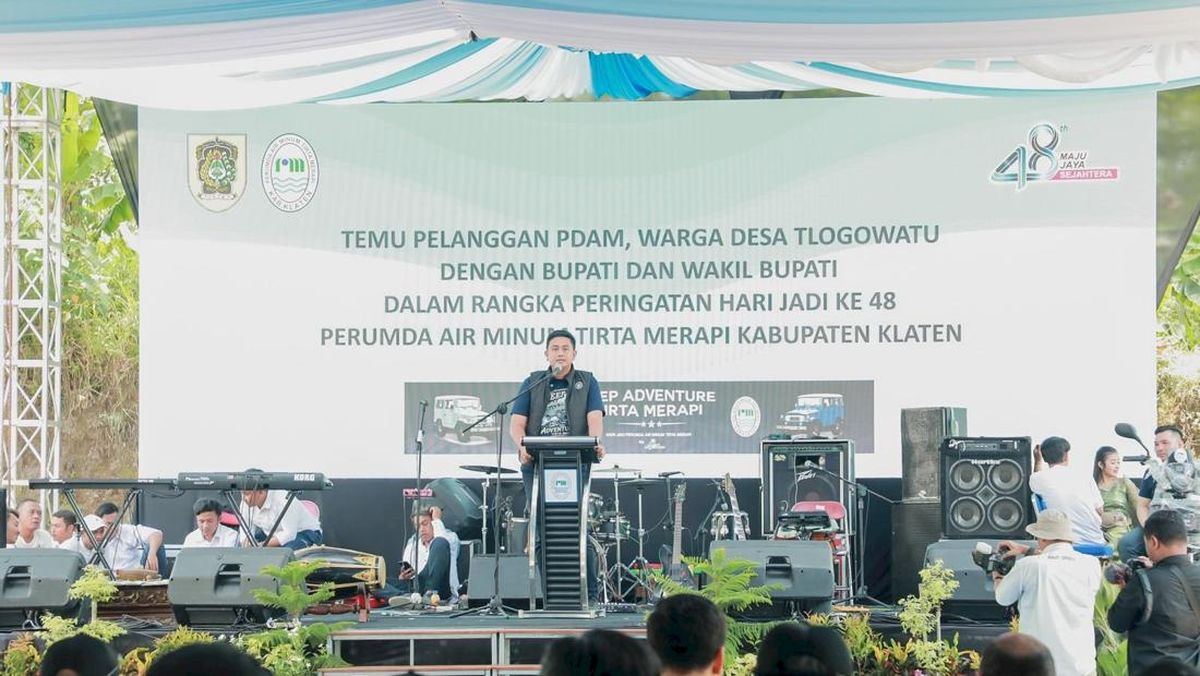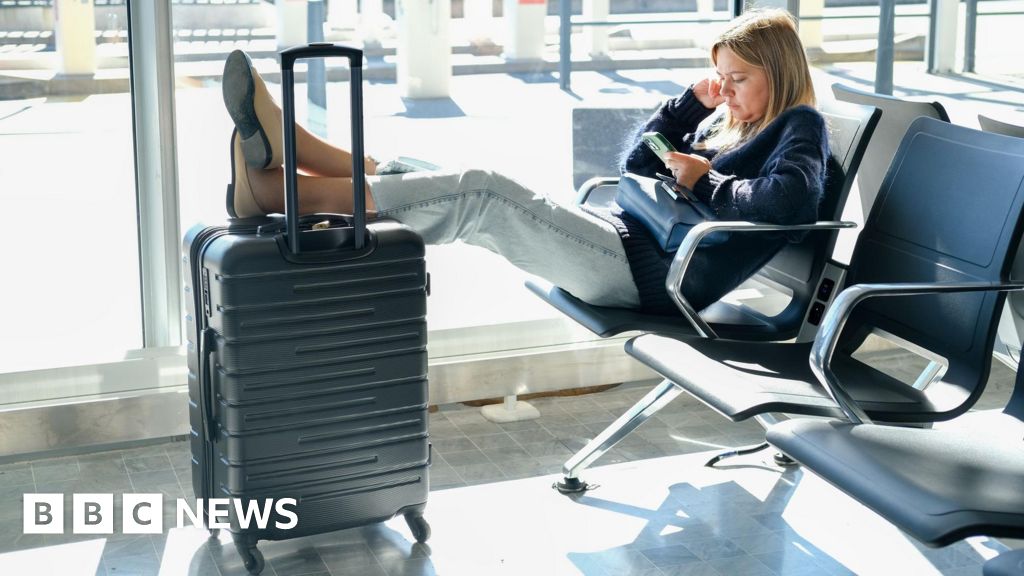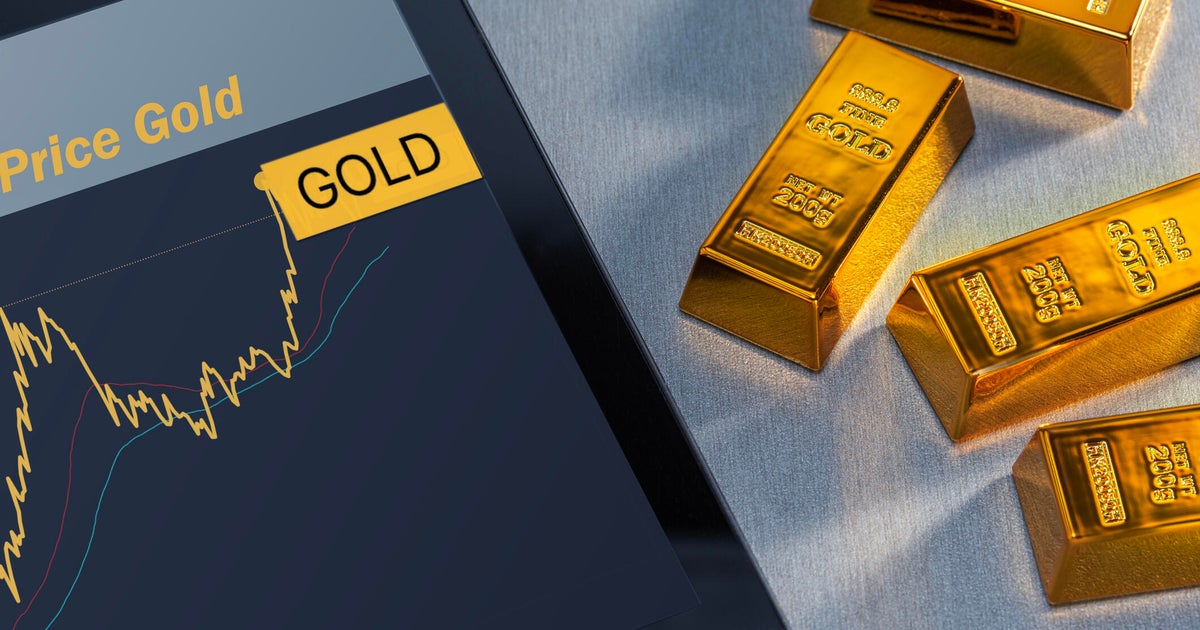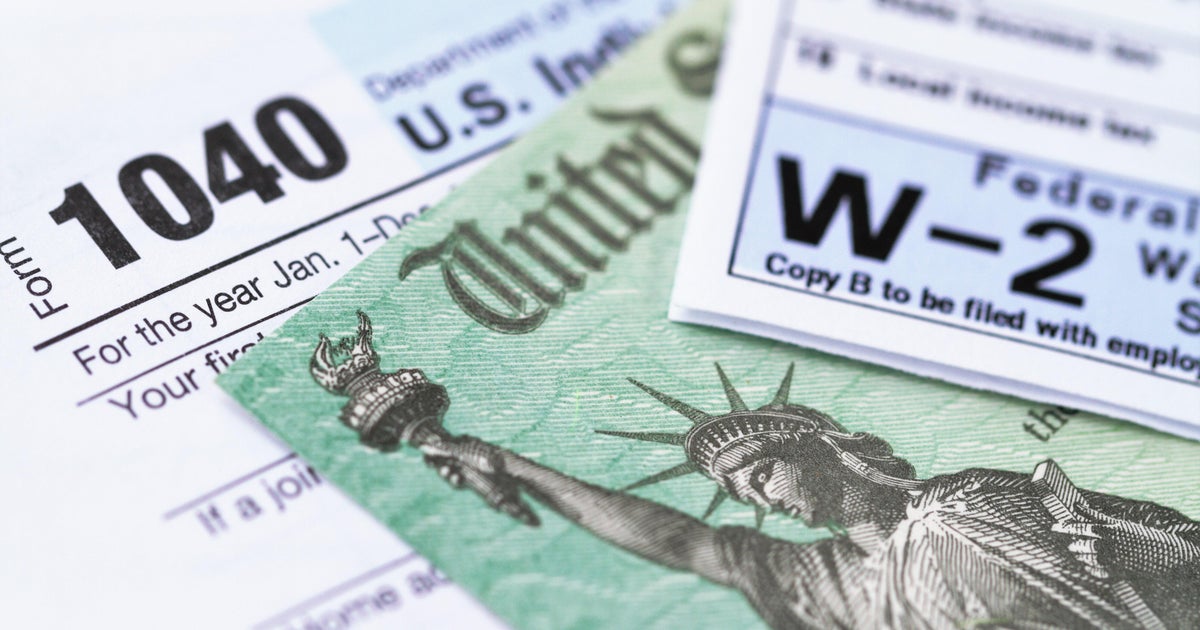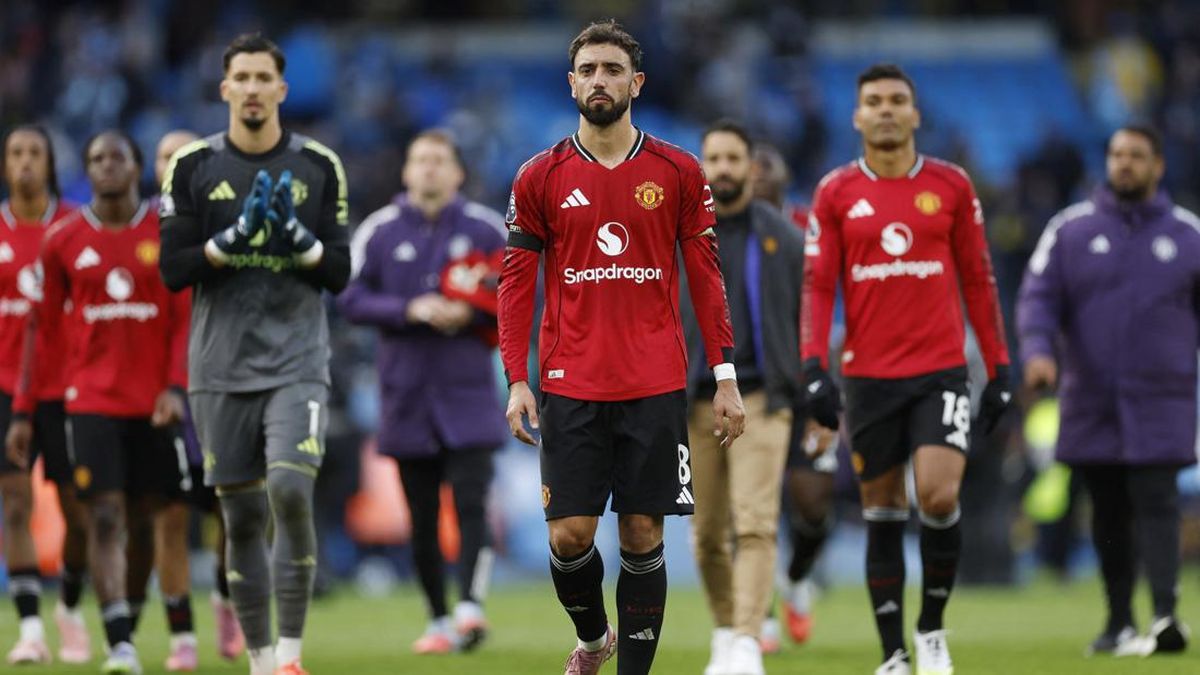October 18, 2025 — 5:00am
It was once one of the biggest most powerful countries in the whole of Europe weathering arguably, more dislocation, terror and triumph than any other nation on earth.
But despite being the perfect European destination, with so much rich history, stunning scenery, lively cultural traditions, great food and drink, and incredibly friendly people – and, not least, very affordable, too – it’s consistently overlooked. Instead, most Australians gravitate to visiting Italy, France, Spain, Greece, the UK and Germany, and never give a second thought to Poland.

But they should. Poland has an incredible amount to offer, and has always punched above its weight, from the Golden Age of the 16th century with its agricultural trade boom and its flourishing mining and metallurgy industries. It’s at the absolute heart of Europe; a country that’s been both part of the east and part of the west, and known heroic struggles against both.
Its proud past is everywhere on display in magnificent medieval castles, grand cathedrals, glorious palaces and charming old towns with labyrinths of cobbled laneways. The architecture – whether renaissance, gothic, baroque or Soviet brutalist – is breathtaking and also a visual storybook of the ebb and flow of European fortunes.
Poland just doesn’t come into most Australian tourists’ thinking, says Edward Przyborek-Lipski, a Polish-Australian who runs ITD Travel in Australia, which organises in-bound travel for Poles around our country.
“When Australians think of going to Europe, they think of London, Paris, Rome … Poland never crosses their minds,” he says.

“There might be a few who visit briefly when they’re young as part of a Contiki tour, going to Vienna and then nipping across to Auschwitz in Poland, but that’s all. And in the 44 years I’ve lived in Australia, never once have I seen an ad in Australia for Poland, or a single promotion and not even mentions on social media. So, despite it being such a beautiful country, it’s certainly not on people’s bucket lists.”
Yet at a time when Europe can be incredibly expensive for visitors travelling in Australian dollars, Poland is one of its most affordable destinations. Prices for accommodation, travel, attractions, tours and food and drink are substantially below those of neighbouring holiday hotspots.
There’s no shortage of things to see and do, either. Poland has exquisite beaches on the Baltic Sea along its 700 kilometres of coastline, the incredible Carpathian Mountains close to Slovakia, waterfalls, 1300 lakes, ancient protected forests, scenic rivers, national parks and some of the world’s most awe-inspiring salt mines.

It has no fewer than 17 UNESCO World Heritage Sites as well as important landmarks of world history, like Auschwitz and Birkenau.
The people, although often reserved when you first meet them, warm up quickly and become eager to chat. After all, they’re known to be pretty exceptional: great names in history include astronomer Nicolaus Copernicus; Frederic Chopin; Marie Curie; the first non-Italian pope since the 16th century, John Paul II; and the military engineer Tadeusz Kosciuszko (sound familiar?).
And, with so few Australians visiting, Poles are keen to make friends with those who do, and happy to share their country’s offerings.
Here’s where to start.
What’s old is new in Warsaw

The Polish capital, Warsaw, is a complete surprise. Having viewed photos of the city devastated by the Nazis during the Warsaw Uprising in 1944, the heroic attempt by the Poles to liberate themselves from occupation, I’m not prepared for what I’m seeing.
As I wander around the historic Castle Square in Warsaw Old Town, I’m astounded to see so many beautiful, seemingly old buildings, including the blush-pink Royal Castle, which dates back to the 13th century, as well as churches, palaces, the cathedral and the marketplace itself, variously from the 14th century to the 18th century.
As they stand in faded grandeur all around the square and along the magnificent “royal route” that leads off it, I cast my mind back to those horrendous pictures of the Nazis laying waste to 85 per cent of the city, killing 80,000 residents in the rubble as they did so.

However, appearances deceive. Most of these buildings are quite new, but recreated exactly in accordance with old records, paintings and historical studies in the 1950s and ’60s by the next occupying power, the Soviets, who marched in on the heels of the fleeing Nazis and stayed until thrown out in the late 1980s. Even the landmark lofty Sigismund column in the centre of the square, originally erected in 1644 to honour the king, was rescued and restored.
The historic centre is now a UNESCO World Heritage Site, hailed as an outstanding example of a near-total reconstruction of a span of history covering the 13th to the 20th centuries.
“And the only way you can tell which buildings are new, and which really are old, are if they are peppered with bullet holes from the fighting in 1944,” says local Peter, who volunteers to take visitors on walks through the city with his Orange Umbrella Free Tour (orangeumbrella.pl).
“The rest were built again, almost from scratch during the communist period. They could afford to do it as labour for them was so cheap, and they engaged some Poles to help. My grandfather, for instance, was one of the chief architects for the reconstruction and, in payment, he received a flat for free. But it was only 40 square metres for a family of five …”
Individual sights are astonishing too: that gorgeous Royal Castle, today with sumptuously gilded rooms, filled with riches and art; the almost 100-year-old Radziwill Palace, where Chopin gave his first concert as a child prodigy at five; the Presidential Palace where the Warsaw Pact was signed in 1955, and the street that was named by a public poll – Winnie the Pooh Street.
The towering Palace of Culture & Science, Poland’s second-tallest building and an unwanted “gift” from Stalin in the 1950s, has now been turned into a venue for theatres, galleries, cafes, cinemas, museums, a pool, an auditorium, and bookshops. The Poles, forever droll, have nicknamed it after one of Stalin’s appendages.

One thing not to be missed is catching a Chopin recital at one of the many palaces that regularly stage concerts. I have a magical evening at the Fryderyk Concert Hall, listening to a top Ukrainian pianist playing selections from some of his best-known works.
And one of the most stunning museums I’ve ever visited is the Warsaw Uprising Museum, an incredibly atmospheric retelling of the battle of so many brave men and women who fought the Nazis, and died for an independent Poland. The Newsreel scenes of the city at Ground Zero make you truly appreciate what a modern miracle Poland has become.
Gdansk, the city of solidarity

Just a three-hour train ride from Warsaw, Gdansk is a port city on the Baltic Sea. It’s a charming old town, with brightly coloured buildings, cafes, restaurants, milk bars, a lively amber trade, and a relaxed feel that belies the pivotal role it once played in bringing down the Soviet Union.
For it was here that shipyard workers went on strike in 1980 and set off peaceful industrial action all over the country, on such a massive scale that their communist masters were forced to negotiate.
This resulted in the formation of Solidarity, the independent trade union movement, under the leadership of Lech Walesa, with the help of Polish Pope John Paul II. It managed gradually to inject more freedoms into the country. This success heartened and encouraged other nations under Soviet rule in the Eastern bloc to begin their own actions, through Hungary, East Germany, Bulgaria, Czechoslovakia and Romania, and eventually helped lead to the collapse of the USSR.
Wałęsa went on to win a Nobel Peace Prize and, in a reminder of how recent all this history is, my tour guide in a Melex – a souped-up electric golf cart used throughout Poland for tourists – turns out to be his grandson, Tomasz Walesa.
“He still looks back at that time with surprise that it ended in the fall of a superpower,” he says. “But he’s very happy it did. He’s now retired, but spends six months of every year travelling around the world to give talks.”

The European Solidarity Centre gives a moving account of those bone-chilling times, bringing the struggle to life.
Tomasz also drives us to the Polish Post Office in Gdansk, where one of the first acts of World War II took place during the German invasion of Poland. Armed troops tried to capture the post office but were held at bay for an amazing 15 hours by determined postal workers. The soldiers were only able to finally take control after pouring petrol in through the windows and setting it alight.
Not surprisingly, there’s also one of the world’s best museums about World War II in the city, from the country that experienced it first.
The golden age of Krakow

As the capital of Poland from 1038 to 1596, including during the nation’s golden age in the 1500s when it was one of the biggest, most powerful countries in Europe, Krakow still retains much of its former majesty.
It has been designated one of the Continent’s most beautiful, and oldest, cities, and is the jewel in the country’s crown as a centre of arts and culture. Its Old Town, dating to the seventh century, is its first World Heritage Site.

The city has a fascinating history, full of Lithuanian kings and Teutonic knights, and has the Gothic Wawel Cathedral, more than 1000 years old, where Pope John Paul II held his first Mass. It’s part of the complex dominated by one of Europe’s biggest Renaissance castles, Wawel Royal Castle, perched high on a hill overlooking the city and decorated with gargoyles, dragons and ravens. The castle holds a stunning collection of tapestries, murals and artworks.
The 14th-century, Renaissance-style Cloth Hall was once used as a trading post for textiles and cloth and today houses a market, shops and a museum. At its facade is the Noworolski Cafe, the red-velvet-seated cafe that Lenin frequented during his time in Krakow from 1912 to 1914. It apparently still looks much as it must have done in his time. Only the prices, and plumbing, have changed.
The newer centre of town is a lively gathering of restaurants, bars and shops along the streets, full of young people eating ice cream, and European tourists taking a break from the sights. For there are plenty to choose from.
Krakow also has no fewer than 142 Catholic churches and eight synagogues, including the 16th-century Remuh Synagogue in the Jewish Quarter, next to one of the oldest cemeteries in Europe. The district is today beautiful, albeit overshadowed by the memory of what happened to many of its former Jewish residents who, before World War II, numbered 68,000. Today there are about 600.
The Jewish quarter is part of the city’s heritage, however, and work is ongoing to keep it a thriving part of the landscape. There are now great restaurants, cafes, and music bars, all aimed at keeping Jewish food, drink and klezmer melodies alive.
Digging for (white) gold

Not far from Krakow is the massive Wieliczka Salt Mine, 60 metres underground. It started being dug in 1290, and was created for a time when one-third of the royal family’s budget from the country came from “white gold”. It was incredibly valuable for preserving food and was a form of currency, with the 100,000 tonnes a year produced also being bartered for goods from elsewhere.
With the pure salt deposits running out, most mining stopped in 1976, but a small amount continues. Today, some of the vast underground world has been opened to tourists, including the beautiful salt carvings done by past workers in their breaks.
It’s 800 steps, or 41 flights downstairs, but the effort – don’t worry, there’s a fast lift back up – is worth it. The size of the subterranean labyrinth, with salt floors and salt walls you can lick and still taste, 40 chapels, rooms with salt chandeliers, salt pictures of The Last Supper, a massive lake, and those carvings – many of religious figures or Polish heroes – is startling. If laid out it would stretch for 300 kilometres. It’s an absolutely wondrous sight.
Auschwitz and Birkenau

This is perhaps the best-known place in Poland. While you approach with dread, it’s somewhere everyone should visit in their lifetime to remember the horrors that racism once led to. It’s best to book a tour from Krakow in advance, to include the salt mine.
The concentration camp, now preserved as a museum and memorial, is everything you’d expect, and a great deal more than you could ever imagine. The evenings before my visit, I watch the Holocaust movies The Pianist and Schindler’s List, based on the book Schindler’s Ark written by our own Tom Keneally, but it’s impossible to prepare for the horror you see, and hear about.
There’s the picture of a child staring at a camera, who would be dead just four hours later; there are the piles of suitcases taken from the victims who were told they were going to a better place; there are the rooms where children were taken to be the subjects of vile experiments; there’s a glass cabinet of hair shaved from victims to be woven into cloth and carpets; there’s the courtyard where people were shot in front of a wall specially designed to absorb the blood.
Birkenau or Auschwitz II, is only three kilometres away, and in the ruins of the colossal forced labour and extermination camps, the gas chambers, the gallows and cremation ovens, you get some idea of the massive scale of the murderous operation.
An estimated 1.1 million people died here, the vast majority Jews, but also political dissidents and Roma. It’s a place that has become a horrendous symbol of genocide worldwide.
The island city of Wroclaw

Wroclaw is considered the “Venice of Poland” as it’s a picturesque old city in the south-west of the country, built on 12 islands and surrounded by canals and rivers, with more than 120 bridges linking them.
Again, it has some lovely sights, with a vast main Market Square – look out for the statue of comedy writer Aleksander Fredro in the centre instead of the usual kings or warriors. Then there’s Cathedral Island, home to the Bridge of Love, which had to have 25 tonnes of padlocks removed as it was in danger of sinking, and an excellent zoo and aquarium. The tours by Melex are here also a great way to move around, and excellent for getting your bearings.
Everywhere, there are small figurines of gnomes in different poses and with various implements, a convention that started in the 1980s as a form of protest against Soviet occupation. Nowadays they number about 1400 – and rising – throughout the city.

The University of Wroclaw, where so many Nobel Peace Prize winners studied, has its own museum in its magnificent Baroque building, and has displays of sundials from1535, and an astronomical measuring Astrolobe from the beginning of the 18th century.
The massive Centennial Hall, built in 1913 with the biggest dome in the world, at 23 metres, by the Germans to commemorate their victory in the Battle of Leipzig against Napoleon, is yet another UNESCO World Heritage Site. It was the first major use of reinforced concrete in such an ambitious structure and, when the builders were told to take down the scaffolding, they refused, thinking it would collapse on top of them. It didn’t.
The city’s Depot History Centre offers a fabulous display of Polish history from the point of view of Wroclaw, and was the scene of its own great transport strike which crippled the city, in response to Solidarity’s strike.
THE DETAILS
FLY
Several airlines fly to Europe, including Vietnam Airlines to Frankfurt. See vietnamairlines.com
Many connect to Warsaw, such as KLM klm.com ; Lufthansa lufthansa.com and the Polish airline, LOT lot.com
STAY
Accor Hotels has many hotels around Poland, in different classes and prices.
Novotel Warszawa Centrum, Warsaw, is close to the old town, from $288 a night; the new Mercure Krakow Fabryczna City, Krakow, is on the site of an old vodka factory, from $337 a night, and the Mercure Wroclaw Centrum Wroclaw, is close to all the main attractions, from $180 a night.
TRAVEL
Trains in Poland are fast, comfortable and a great way to see the countryside. Eurail’s seven-day, unlimited travel pass, which takes you all around Poland, and Europe, within a month, costs $US581 ($881).
TOUR
ToursByLocals selection of excellent walking tours around each city are conducted by residents who have huge local knowledge. See toursbylocals.com/tours/poland
Melex tours, in oversized electric golf carts, are run by several companies, such as mertz.travel/en/melex-tours/.
Auschwitz and surrounds. See poland.travel/en/; auschwitz.org/en/
The writer was a guest of Accor Hotels (all.accor.com) and Eurail (eurail.com).
Five more things you never knew about Poland
Royalty was always elected in Poland, rather than taking a position via a dynasty. It’s a tradition that started in the ninth century and continued until finally being abolished in 1791 when a constitutional-parliamentary monarchy was established.
Poland had one of the world’s first female monarchs, Jadwiga (or Hedwig), crowned in 1384 at the age of 10. She ruled until 1399. By marrying the Grand Duke of Lithuania, Jogaila, she managed to unite both countries and was canonised a saint in 1997.
Poland has the largest army in Europe after Russia, Ukraine and Turkey, and the third-largest in NATO. With Russia’s expansion plans, it plans now to lift its defence spending to 5 per cent of its GDP.
Since 1995, income in Poland per person has more than trebled, and annual growth has been almost 4 per cent from the time it joined the European Union in 2004.
Poland’s stockmarket (the Warsaw Stock Exchange or WIG) has now become Europe’s superstar, rising by more than 40 per cent this year.
Eight must-try dishes and drinks
Pierogi Dumplings traditionally filled with meat but which now come in all kinds of versions, even vegetarian, with eggplant, cream and raisins.
Rosol Polish chicken soup, served with thin egg noodles. It’s brought out on important occasions and after important occasions – great for the hangover the next morning.
Barszcz czerwony The local version of beetroot soup, borscht, which is absolutely delicious, but never eat when you’re wearing white (a tip from bitter experience).
Trout Krakow is renowned in Europe for having a highly regarded, sustainable trout farm and every decent restaurant has fresh trout on the menu.
Paczki These doughnuts can be found throughout the country, with chains of doughnut shops, and all varieties, icing colours and fillings. Some even have fruit to convince you that they’re healthy.
Kopytka Potatoes have always been a staple of Polish cuisine, and this is a delicious gnocchi-like dish, with mashed potatoes prepared with egg and flour and fried.
Beer There’s just so much of it, locally brewed, dirt cheap and of varying quality and different flavours. Some love the banana-flavoured beer; others the caramel.
Vodka Poland is said to have invented vodka. It was first mentioned in court documents in 1405. Poles still make some of the best vodka in the world, producing 260 million litres a year
Sign up for the Traveller Deals newsletter
Get exclusive travel deals delivered straight to your inbox. Sign up now.
Sue Williams is a Sydney-based freelance travel writer, author and journalist who's filed for newspapers, magazines, radio and TV stations around the world.Connect via email.


